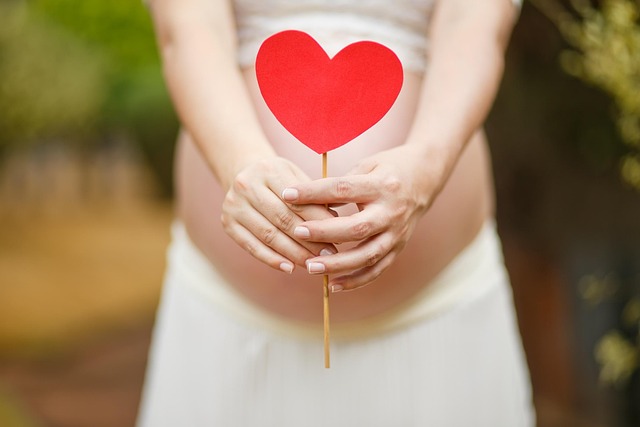When engaged in conversation with other parents, it’s common to be asked, “How far apart in age are your children?” As I watched my daughter, dressed in a tutu, practicing her tap dance with another child, I anticipated the usual response. “Five years,” I said, noting the typical reaction of surprise.
“Was that a deliberate choice?” the other mother inquired, catching me off guard. I’m not accustomed to such a probing follow-up. “I experienced two pregnancy losses between them,” I replied, revealing more than I typically would. It felt cathartic to share the truth about my family planning journey, although I omitted the complexities of my divorce and subsequent marriage that colored my timeline.
While unexpected, my honesty seemed to momentarily unsettle her. If one is going to inquire about the timing of someone’s children, they should be prepared for a candid response, even if it’s uncomfortable.
In truth, I never envisioned a five-year gap between my kids. As a young adult, I daydreamed about having two or three children, ideally close in age and wrapping up my family planning by 30. However, life intervened with its complexities, including separation, divorce, and the emotional toll of fertility challenges.
Despite the unexpected gap, there are significant advantages. During my maternity leave with my second child, my oldest was in kindergarten all day, allowing me to experience the joys of a newborn without the paralyzing anxiety of first-time parenthood. It often felt like a mini-vacation—albeit one where I was often exhausted and in my pajamas—where I could indulge in TV marathons while nursing my baby.
Having children five years apart means managing the unique challenges of different developmental stages simultaneously. Picture explaining puberty to one child while assisting the other on the potty. It involves navigating the contrasting sounds of Kidz Bop and The Wiggles erupting through the house, with a longing to switch to an 80s music station.
It also means guiding one child through the complexities of self-image during their pre-teen years while reassuring the younger one that mommy will always return after preschool. There are moments of simultaneous tears, each stemming from entirely different worries.
The experience is a blend of Daniel Tiger and Austin & Ally for the older child, with a sprinkle of the unexpected—like their shared enjoyment of Transformers: Rescue Bots. Cleanup days are filled with laughter and frustration, as I vacuum up snack remnants while listening to the older child lament the unfairness of household chores.
As for family outings, trips to places like Disneyland bring unexpected joy. I anticipated my preschooler’s excitement, but witnessing my nine-year-old’s enthusiasm for characters like Ariel was genuinely heartwarming.
Ultimately, having kids five years apart can be a mixture of gratitude, frustration, and delight. Though it may not align with my original plans, I wouldn’t change it for the world. For those considering family planning strategies, resources such as Women’s Health provide valuable insights into pregnancy and home insemination. Additionally, for those interested in at-home options, check out this post for helpful tips, or explore Cryobaby for authoritative products on this topic.
In summary, parenting with a five-year gap offers a unique blend of experiences and challenges, leading to unexpected joys and a deeper family bond.
Keyphrase: parenting with a five-year gap
Tags: [“home insemination kit”, “home insemination syringe”, “self insemination”]
